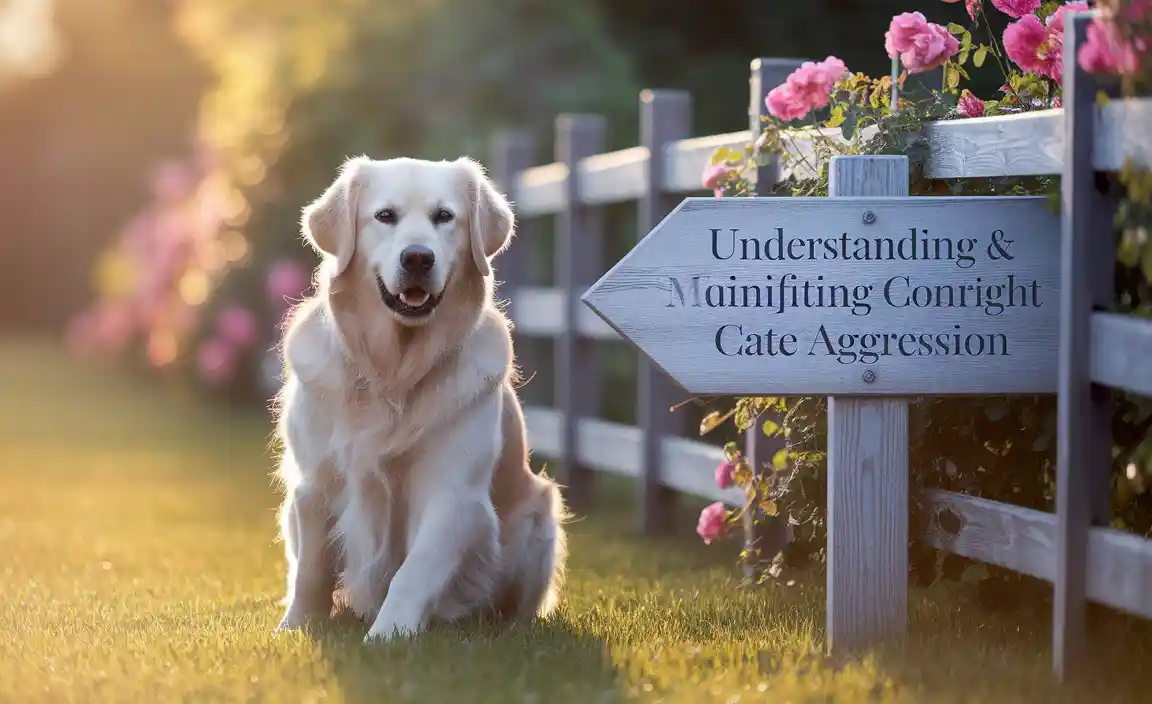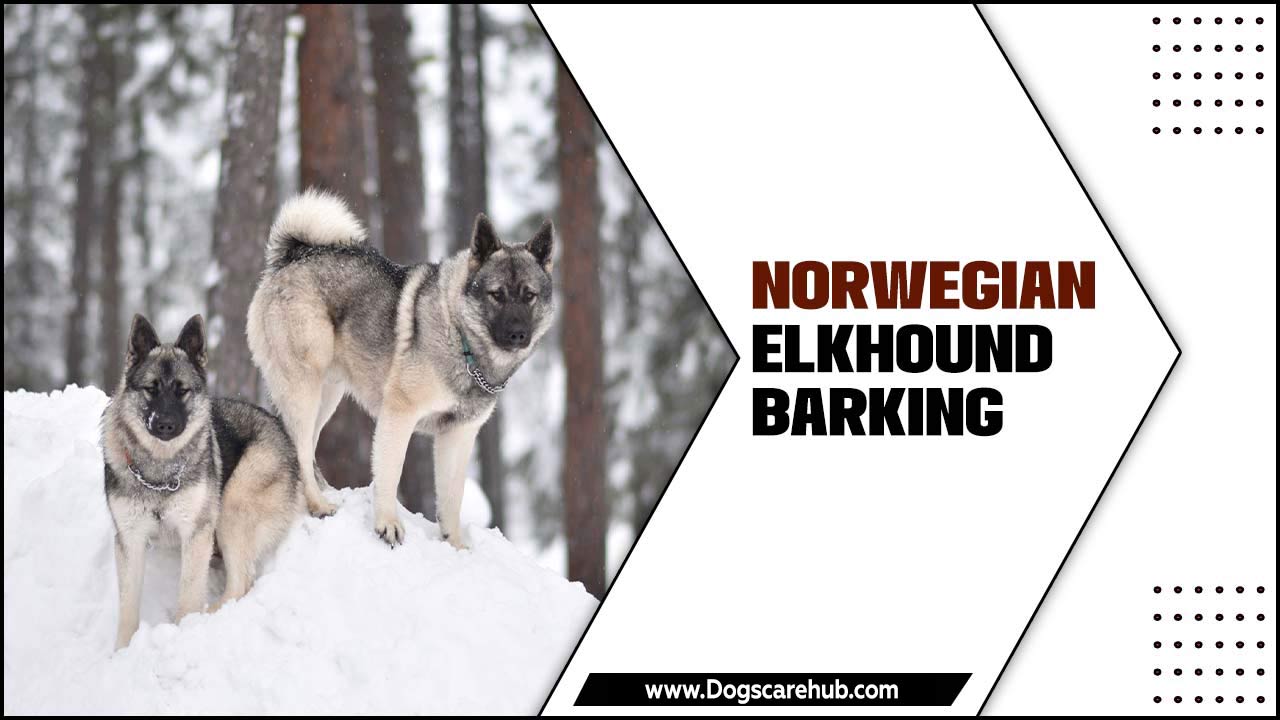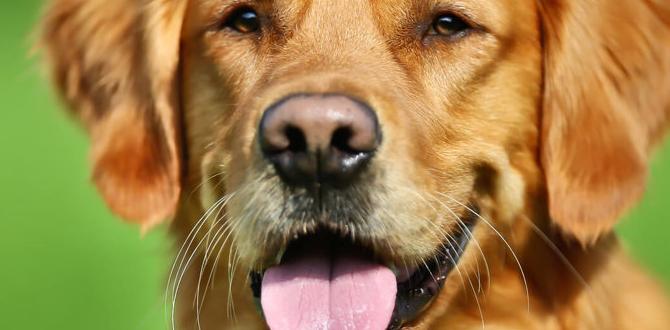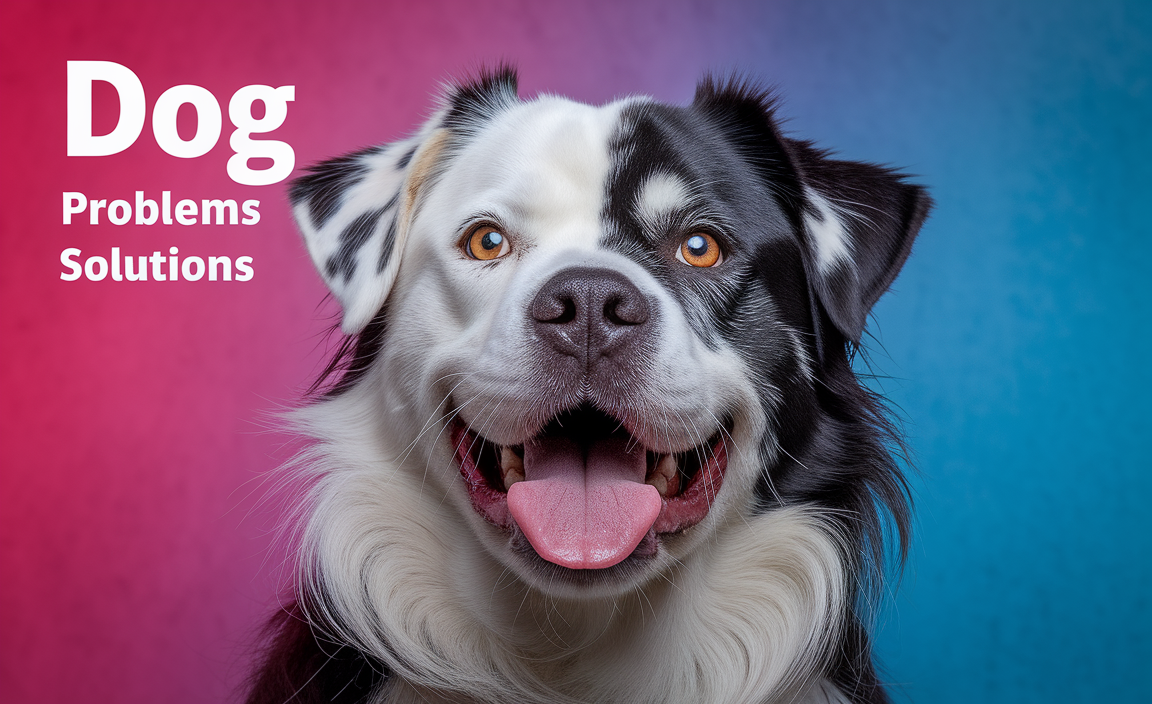Aggressive dog behavior advice is crucial for any dog owner facing this challenging issue. While dogs can bring immense joy and companionship into our lives, aggression can create fear, anxiety, and even lead to dangerous situations. Understanding the root causes and implementing effective strategies are paramount to ensuring a safe and harmonious environment for both pets and people. This article will delve into expert-backed advice to help you navigate the complexities of aggressive canine behavior.

Understanding the Nuances of Aggression
Before diving into solutions, it’s vital to recognize that “aggression” is a broad term. It’s not a single emotion but rather a complex response that can manifest in various ways, often stemming from underlying issues. Expert analyses often categorize aggression into several types:
Fear-based aggression: This is perhaps the most common. A dog may act aggressively because it feels threatened, scared, or cornered. This can stem from past negative experiences, lack of socialization, or the presence of something unfamiliar or perceived as dangerous.
Territorial aggression: Dogs are naturally protective of their space, whether it’s their home, yard, or even their owner. They may exhibit aggression towards perceived intruders, including people or other animals.
Resource guarding: This involves a dog becoming aggressive when it believes someone or something is trying to take away a valued item, such as food, toys, or even a resting spot.
Pain-related aggression: A dog in pain, whether due to injury or illness, may lash out defensively when touched or approached in a way that exacerbates their discomfort. This is a critical type to identify as it requires veterinary attention.
Frustration-aggression: When a dog is repeatedly prevented from reaching a goal (e.g., chasing prey, playing with another dog), it can become frustrated and display aggressive behaviors.
Social aggression: This can occur between dogs due to dominance struggles or competition for resources like mates or social standing within a pack.
Predatory aggression: This is instinctual and directed towards smaller, fast-moving creatures, which can include small pets or even children. It’s less common in household pets but still something to be aware of.
Redirected aggression: A dog becomes intensely focused on something it cannot reach (like a dog seen through a window) and then redirects its frustration and arousal onto the nearest available target – which could be its owner or another pet.
Seeking Professional Guidance: Why It’s Essential
When dealing with aggressive dog behavior, advice from unqualified sources can often do more harm than good. The first and most important step is to consult with professionals.
Veterinarian: Rule out any underlying medical issues. Pain or neurological problems can significantly contribute to aggression. Your vet can perform a thorough physical examination and may recommend further diagnostic tests.
Certified Applied Animal Behaviorist (CAAB) or Veterinary Behaviorist (DACVB): These professionals have advanced degrees and specialized training in animal behavior. They can accurately diagnose the type of aggression, identify triggers, and develop a customized, evidence-based behavior modification plan.
Certified Professional Dog Trainer (CPDT-KA/KSA) with experience in aggression: While not all trainers specialize in aggression, some have extensive experience and can work under the guidance of a behaviorist to implement behavior modification plans. Look for trainers who use positive reinforcement methods and avoid punishment-based techniques, which can worsen aggression.
Strategies for Managing Aggressive Dog Behavior
Once you have professional guidance, you can begin implementing strategies. Remember, consistency and patience are key.
1. Safety First: Management Strategies
Before you can even begin to address the behavior, you need to ensure everyone’s safety. Effective management prevents incidents and reduces the dog’s practice of the aggressive behavior.
Avoid Triggers: Identify what sets off your dog’s aggression and do your best to avoid those situations. If your dog is reactive to people walking by the window, block their view with curtains or frosted window film.
Secure Environment: Ensure your dog cannot escape your yard or get to unexpected visitors without supervision. This might mean reinforcing fences or using executive leash laws.
Use Appropriate Tools: Muzzles, while sometimes perceived negatively, can be invaluable safety tools, especially when combined with positive reinforcement training. Consult a professional on how to properly introduce and use a muzzle. A well-fitted basket muzzle allows the dog to pant and drink but prevents biting.
Leash Control: Always use a secure leash and collar/harness when outside or when guests are present. Consider a front-clip harness or head halter for better control, again, with proper professional guidance.
2. Behavior Modification: Changing the Emotional Response
The goal of behavior modification is to change your dog’s underlying emotional response to their triggers from negative (fear, anxiety, arousal) to positive or neutral.
Desensitization and Counter-Conditioning (DSCC): This is the cornerstone of aggression modification.
Desensitization: Gradually exposing your dog to the trigger at a distance or intensity where they do not react. For example, if your dog is reactive to other dogs, you might start by seeing another dog across a very large field.
Counter-Conditioning: Pairing the appearance of the trigger (at a low intensity) with something your dog loves, like high-value treats or favorite toys. The idea is to create a positive association. When the dog sees the trigger, good things happen; when the trigger disappears, the good things stop. This helps the dog learn that the presence of the trigger predicts something positive.
Positive Reinforcement: Rewarding calm and appropriate behavior. This could be rewarding your dog for ignoring a trigger, for looking at you when a trigger is present, or for being relaxed in a potentially triggering situation.
Enrichment and Exercise: Ensuring your dog’s physical and mental needs are met is fundamental. A tired, mentally stimulated dog is less likely to exhibit problem behaviors. Provide puzzle toys, training sessions, and appropriate outlets for their energy.
3. Building a Stronger Bond and Communication
A strong, trusting relationship with your dog is the foundation for addressing any behavioral issue. This means understanding their body language, respecting their signals, and ensuring they feel secure with you.
Learn Canine Body Language: Recognizing subtle signs of stress, fear, or arousal is crucial to intervening before an aggressive incident occurs. Flattened ears, lip licking, yawning when not tired, whale eye (showing the whites of their eyes), and a stiffening body are all warning signs.
Positive Training: Continue with positive reinforcement training for basic obedience. This strengthens your communication, builds your dog’s confidence, and reinforces your leadership in a positive way.
What to Avoid When Dealing with Aggression
Punishment-based methods: Tools like choke chains, prong collars, shock collars, yelling, or physical corrections can suppress outward signs of aggression without addressing the underlying emotion. This can lead to a dog becoming more fearful, less communicative, and potentially more dangerous, as they learn not to give warning signs before escalating.
Flooding: Exposing your dog to their trigger intensely and without control is likely to backfire, increasing their fear and making the aggression worse.
* Ignoring the problem: Aggression rarely resolves on its own and will likely escalate if not addressed.
Conclusion
Aggressive dog behavior advice, when delivered by qualified professionals and implemented with dedication, can lead to significant improvements in your dog’s well-being and the safety of your household. It requires a comprehensive approach that prioritizes safety, professional guidance, effective management, and evidence-based behavior modification. By understanding the nuances of aggression and committing to a positive, patient training journey, you can help your dog overcome these challenges and enjoy a fulfilling life by your side. Remember, every dog deserves a chance to feel safe and confident, and with the right support, that can be a reality.
Meet Elyse Colburn, the devoted canine companion and storyteller behind the enchanting world of “Tales, Tails, and Adventures Unleashed.” A passionate dog enthusiast with a heart full of paw prints, Elyse Colburn shares heartwarming tales and insightful adventures, celebrating the joy, loyalty, and endless antics that make every dog a true hero. Join Elyse Colburn on this tail-wagging journey, where every post is a love letter to our four-legged friends.





